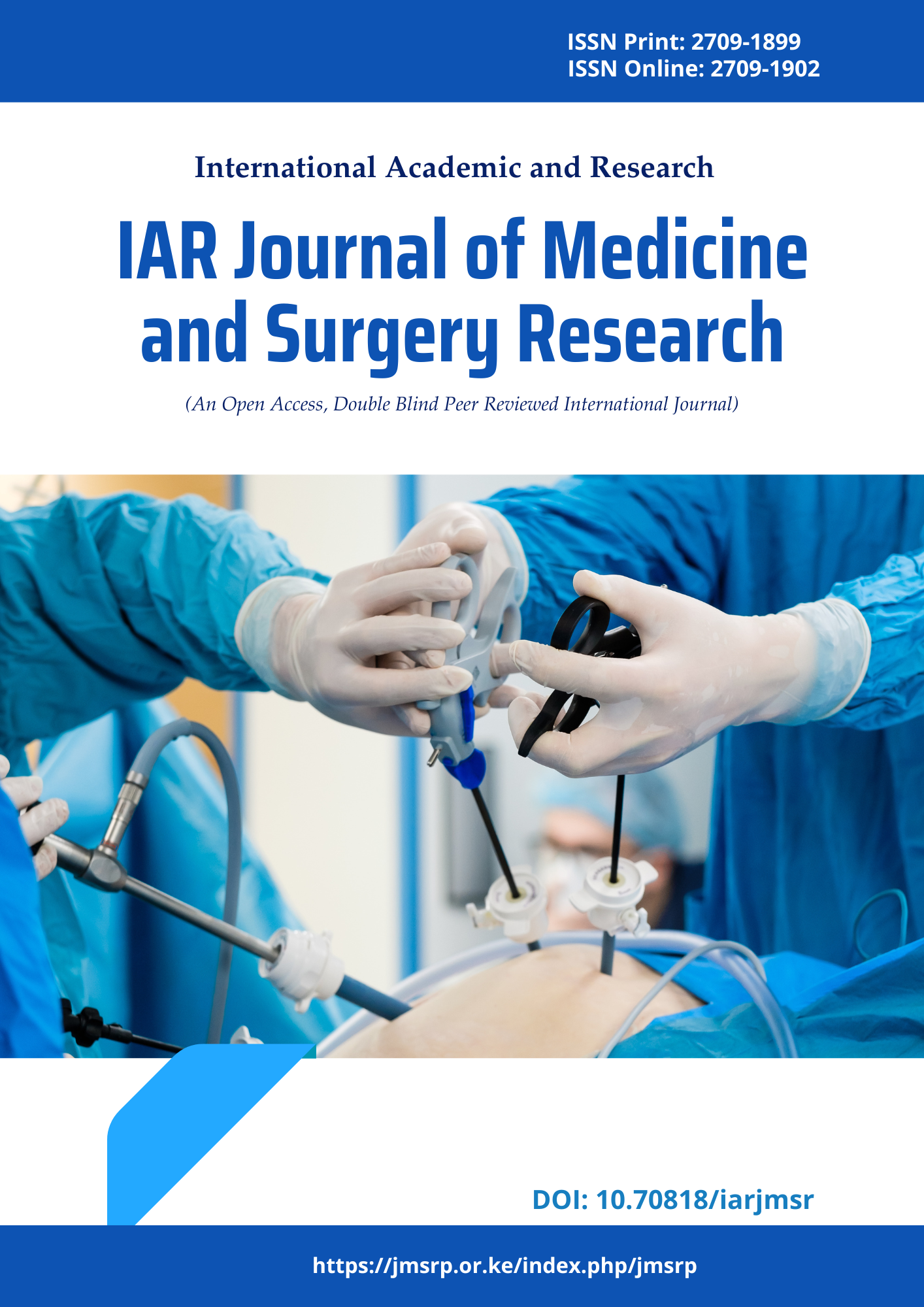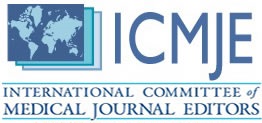Impact of maternal anaemia in different trimesters on newbornweight: A hospital-based observational study
DOI:
https://doi.org/10.47310/iarjmsr.2020.V01i01.03Keywords:
Anaemia, Birth Weight, Gestation Age, Haemoglobin, pregnancy.Abstract
Anaemia is an extremely significant nutritional disorder throughout the world. Anemia in pregnancy is widely reported in India. The majority of the studies have highlighted a poor pregnancy result linked to anaemia. Other than that, the timing of the haemoglobin taken into consideration for analysis lacked consistency. As a result, we designed this hospital-based observational research to investigate these factors. Methods: The study was carried out at Maharaja Krushna Chandra Gajapati Medical College and Hospital Brahmapur, Ganjam, Odisha where 1000 pregnant women were selected, and their haemoglobin levels were assessed. It was observed in their antenatal record that the haemoglobin levels in earlier trimesters. We monitored these mothers till the babies were born and assessed the gestation and birth weight of the infants. For the baseline characteristics, descriptive statistics were employed. Results: In our study, 56.4% of mothers were anaemic. The second trimester showed a higher percentage of anaemia, while the third trimester showed the lowest percentage. Through all three trimesters, 394 (39.4%) mothers remained anaemic. The second trimester showed a higher percentage of anaemia (65.4%), while the third trimester showed the lowest rate (44.8%). Only 23 mothers were classified as having severe anaemia (Haemoglobin less than 7 gm/dl), out of which 15 were in 1st trimester, 6 were in 2nd trimester and only 2 were in the 3rd trimester. Conclusions: Mothers who were anaemic in the third trimester had a considerably higher prevalence of low birth weight infants. Mothers who were anaemic in their second and third trimesters had a higher rate of preterm births. In our investigation, higher haemoglobin levels had no impact on either birth weight or gestation.
















